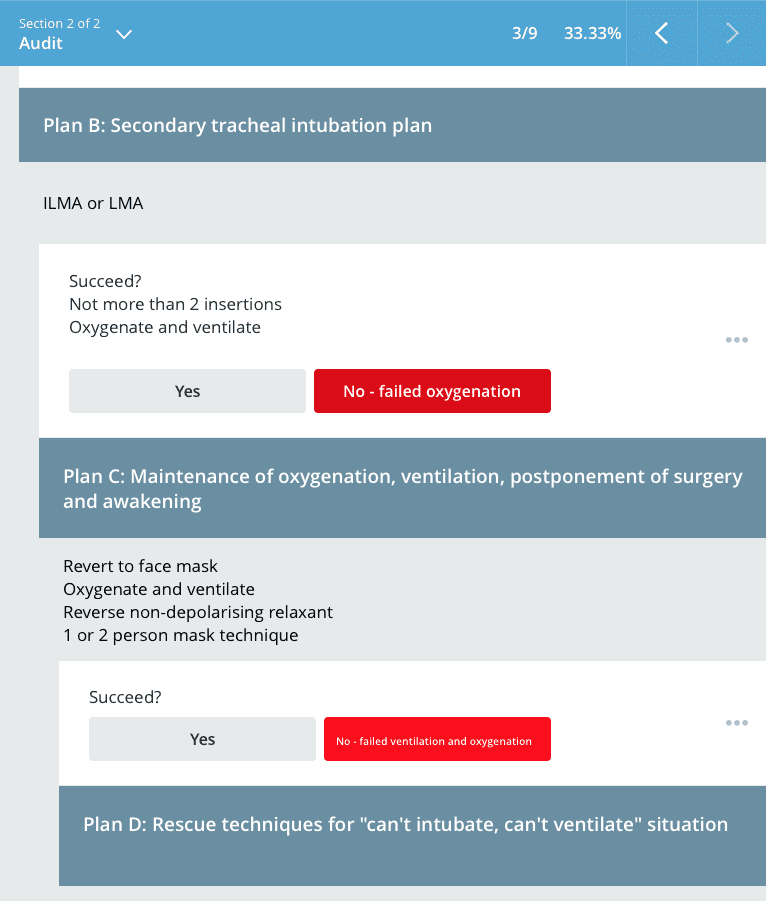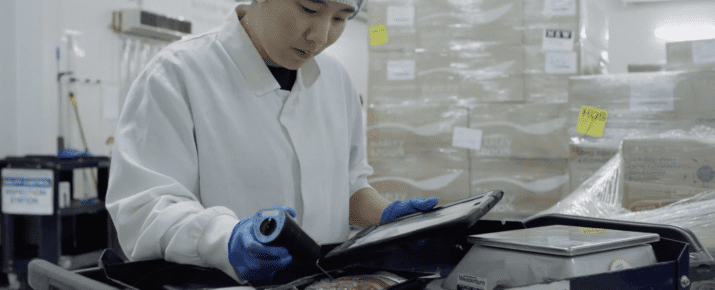Medical Inspection Checklists: protecting patient safety
Checklist Best Practices | By | 26 Mar 2015 | 2 minute read

Human error can be defined as ‘any mental or physical activity, or failure to perform activity, that leads to either an undesired or unacceptable outcome.’
Human error is inevitable and we are all vulnerable to it. In the medical industry, human error can potentially lead to harmful outcomes.
With little margin for error, surgeons, anaesthetists, nurses and paramedics can use inspection checklists to assist with post-operation preparedness and ensuring key steps are not missed during surgery, ultimately protecting patient safety.
[Tweet “Inspection checklists, a simple solution to preventing errors in the medical industry.”]
The iAuditor public library provides a range of healthcare industry checklists, one example we found was an audit developed for Tracheal intubation. You can find this in the iAuditor Public Library under “Tracheal Intubation Algorithm – Airway Management”
The inspection checklist represents a simple method to ensure crucial details are checked during tracheal intubation. The template contains a series of sections, with step-by-step checks and actions to be performed by the surgical team in the event of different outcomes.

Various links to videos and websites for step-by-step medical procedures have also been incorporated into the inspection checklist template.
Beyond inspection checklists, utilizing robust medical practice management solutions can play a key role in streamlining administrative workflows, managing patient intake, and ensuring more accurate record-keeping. By leveraging advanced software for medical practice management, clinics and healthcare providers can optimize their billing processes, reduce errors in claim submissions, and enhance efficiency across their operations.

This is just one example of how those in the medical industry have used iAuditor to create an inspection checklist. With over 50,000 templates in the iAuditor Public Library there are more medical industry templates to check out.
iAuditor is available for free on both Android and iOS.
Important Notice
The information contained in this article is general in nature and you should consider whether the information is appropriate to your specific needs. Legal and other matters referred to in this article are based on our interpretation of laws existing at the time and should not be relied on in place of professional advice. We are not responsible for the content of any site owned by a third party that may be linked to this article. SafetyCulture disclaims all liability (except for any liability which by law cannot be excluded) for any error, inaccuracy, or omission from the information contained in this article, any site linked to this article, and any loss or damage suffered by any person directly or indirectly through relying on this information.





